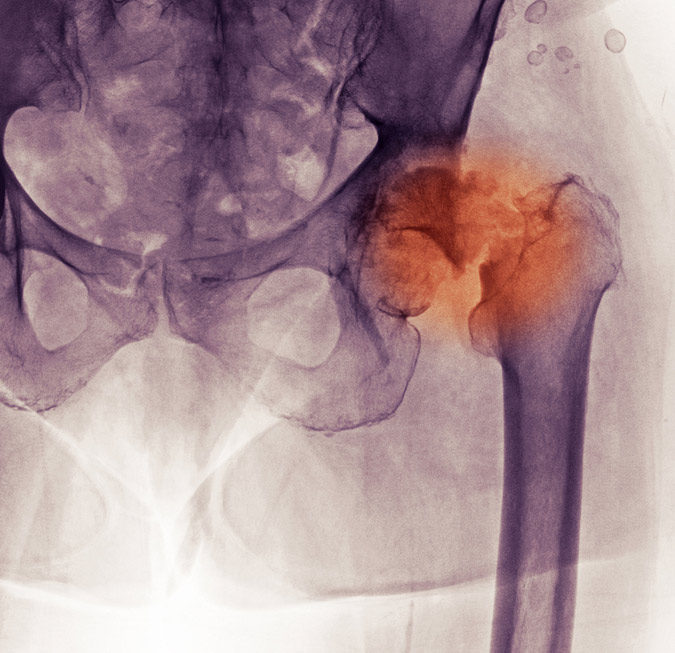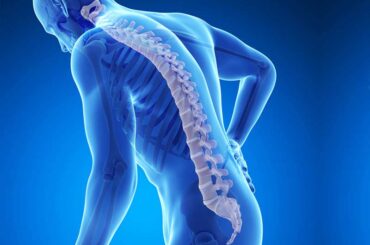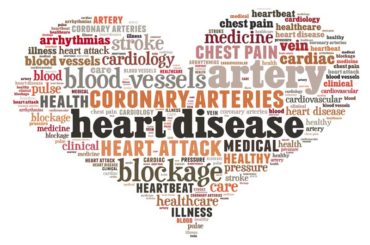Hip fractures are serious fall injuries that often result in long-term functional impairment, nursing home admission and increased mortality. As our population ages, the number of hip fractures is likely to increase.
How big is the problem?
- In 2010, there were 258,000 hospital admissions for hip fractures among people aged 65 and older.
- More than 95% of hip fractures are caused by falling4, most often by falling sideways onto the hip.
- From 1996 to 2010, hip fracture rates declined significantly for men and women.6 It is not known what factors are contributing to this trend.
- By 2030, the number of hip fractures is projected to reach 289,000, an increase of 12%.
- In 1991, Medicare costs for hip fractures were estimated to be $2.9 billion.
What outcomes are linked to hip fractures?
- A large proportion of fall deaths are due to complications following a hip fracture. One out of five hip fracture patients dies within a year of their injury.
- Treatment typically includes surgery and hospitalization, usually for about one week, and is frequently followed by admission to a nursing home and extensive rehabilitation.
- One in three adults who lived independently before their hip fracture remains in a nursing home for at least a year after their injury.
Who is at risk?
- Women sustain three-quarters of all hip fractures.
- White women are more likely to sustain hip fractures than are African-American or Asian women.
- In both men and women, hip fracture rates increase exponentially with age. People 85 and older are 10 to 15 times more likely to sustain hip fractures than are those aged 60 to 65.
- Osteoporosis, a disease that makes bones porous, increases a person’s risk of sustaining a hip fracture.
- The National Osteoporosis Foundation estimates that more than 10 million people over age 50 in the U.S. have osteoporosis and another 34 million are at risk for the disease.
How can hip fractures be prevented?
Hip fractures can be prevented by preventing falls. Older adults can stay independent and reduce their chances of falling.
To help prevent falls, older adults can:
- Exercise regularly. It is important that the exercises focus on increasing leg strength and improving balance, and that they get more challenging over time. Tai Chi programs are especially good.
- Ask their doctor or pharmacist to review their medicines—both prescription and over-the counter—to identify medicines that may cause side effects or interactions such as dizziness or drowsiness.
- Have their eyes checked by an eye doctor at least once a year and update their eyeglasses to maximize their vision. Consider getting a pair with single vision distance lenses for some activities such as walking outside.
- Make their homes safer by reducing tripping hazards, adding grab bars inside and outside the tub or shower and next to the toilet, adding railings on both sides of stairways, and improving the lighting in their homes.
To lower their hip fracture risk, older adults can:
- Get adequate calcium and vitamin D—from food and/or from supplements.
- Do weight bearing exercise.
- Get screened and, if needed, treated for osteoporosis.
Source: Centers for Disease Control and Prevention 1600 Clifton Road Atlanta, GA 30329-4027, USA 800-CDC-INFO (800-232-4636) TTY: (888) 232-6348






